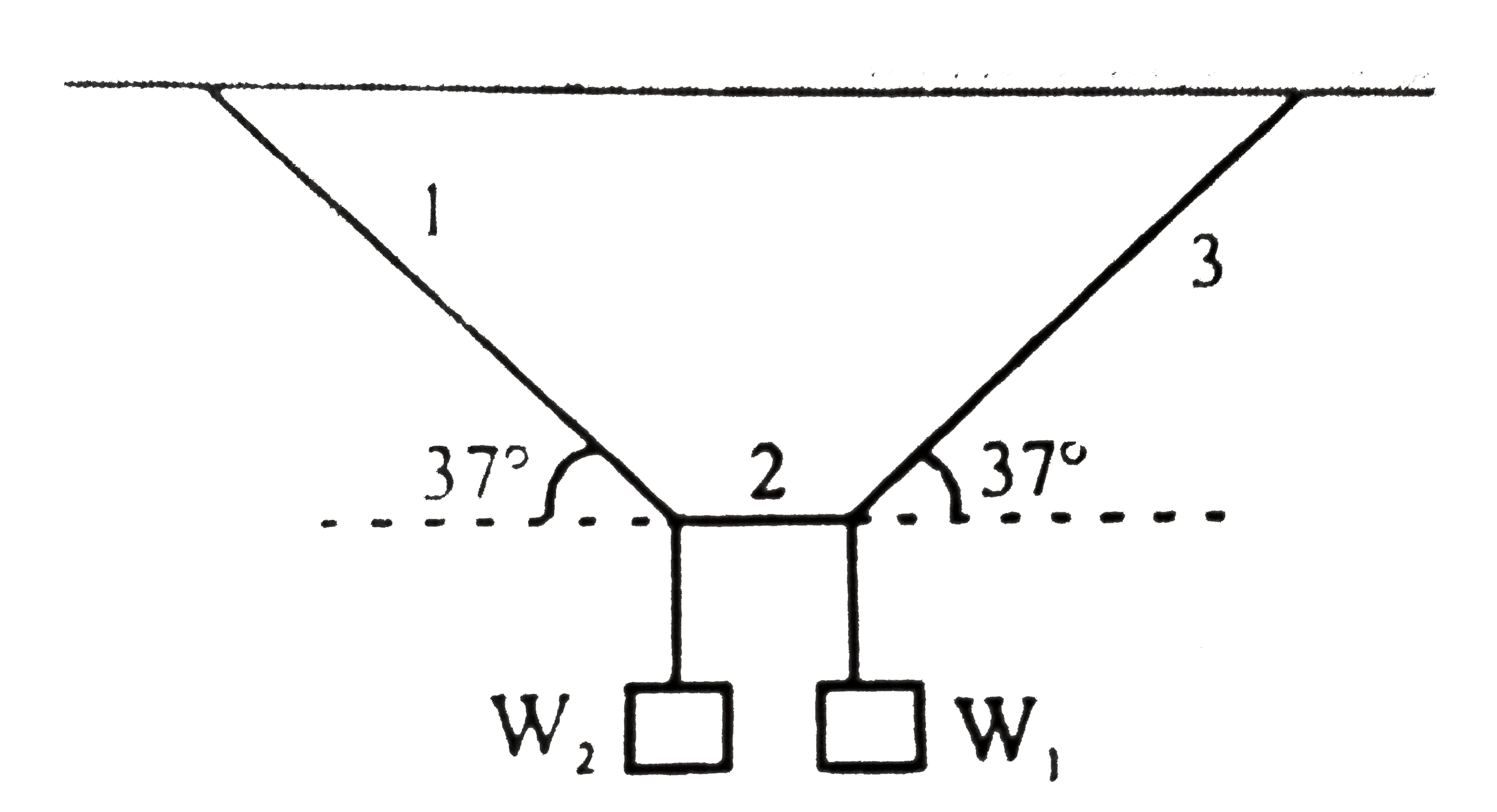1c is approximately equal to
A
π0
B
180∘
C
57∘
D
none of these
Video Solution
Text Solution
The correct Answer is:C
|
Answer
Step by step video, text & image solution for 1^(c ) is approximately equal to by Maths experts to help you in doubts & scoring excellent marks in Class 12 exams.
Updated on:21/07/2023
Topper's Solved these Questions
- BOOK - MARVEL PUBLICATIONCHAPTER - TRIGONOMETRIC FUNCTIONSEXERCISE - TEST YOUR GRASP: CHAPTER 3-3.110videos
TRIGONOMETRIC FUNCTIONS
- BOOK - MARVEL PUBLICATIONCHAPTER - TRIGONOMETRIC FUNCTIONSEXERCISE - TEST YOUR GRASP: CHAPTER 3-3.217videos
TRIGONOMETRIC FUNCTIONS
- BOOK - MARVEL PUBLICATIONCHAPTER - TRIGONOMETRIC FUNCTIONSEXERCISE - MULTIPLE CHOICE QUESTIONS - PART-B: MASTERING THE BEST27videos
TRIGONOMETRIC FUNCTIONS
- BOOK - MARVEL PUBLICATIONCHAPTER - THREE DIMENSIONAL GEOMETRYEXERCISE - MULTIPLE CHOICE QUESTIONS39videos
THREE DIMENSIONAL GEOMETRY
- BOOK - MARVEL PUBLICATIONCHAPTER - VECTORSEXERCISE - TEST YOUR GRASP20videos
VECTORS
Similar Questions
Knowledge Check
- Question 1 - Select One
1∘ is approximately equal to
A0.01745cB(270π)cC175cDnone of these - Question 2 - Select One
The ratio of (E2−E1) to (E4−E3) for He+ ion is approximately equal to (where En is the energy of nth orbit ):
A10B15C17D12 - Question 3 - Select One
Assertion: Poisson ratio of atmospheric gases is approximately equal to 1.4.
Reason: Gases present in atomosphere are mainly diatomic.AIf both assertion and reason are true and the reason is the correct explanation of the assertion.BIf both assertion and reason are true but reason is not the correct explanation of the assertion.CIf assertion is true but reason is false.DIf assertion is false but reason is true.
Given that √24 is approximately equal to 4.898.√83 is nearly equal to
View SolutionIn a given figure system is in equlibrium, If W1= 300 N. Then W2 is approximately equal to
 View Solution
View SolutionOne light year is approximately equal to :
View Solution1+12+14+116+132+164 is approximately equal to ______.
View SolutionOne radian is approximately equal to which one of the following ?
View Solution

